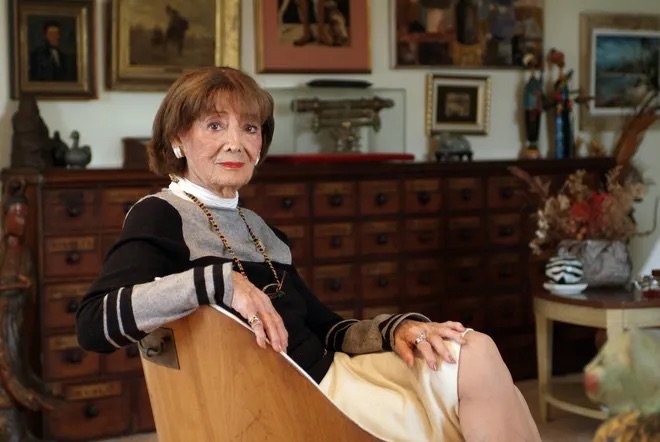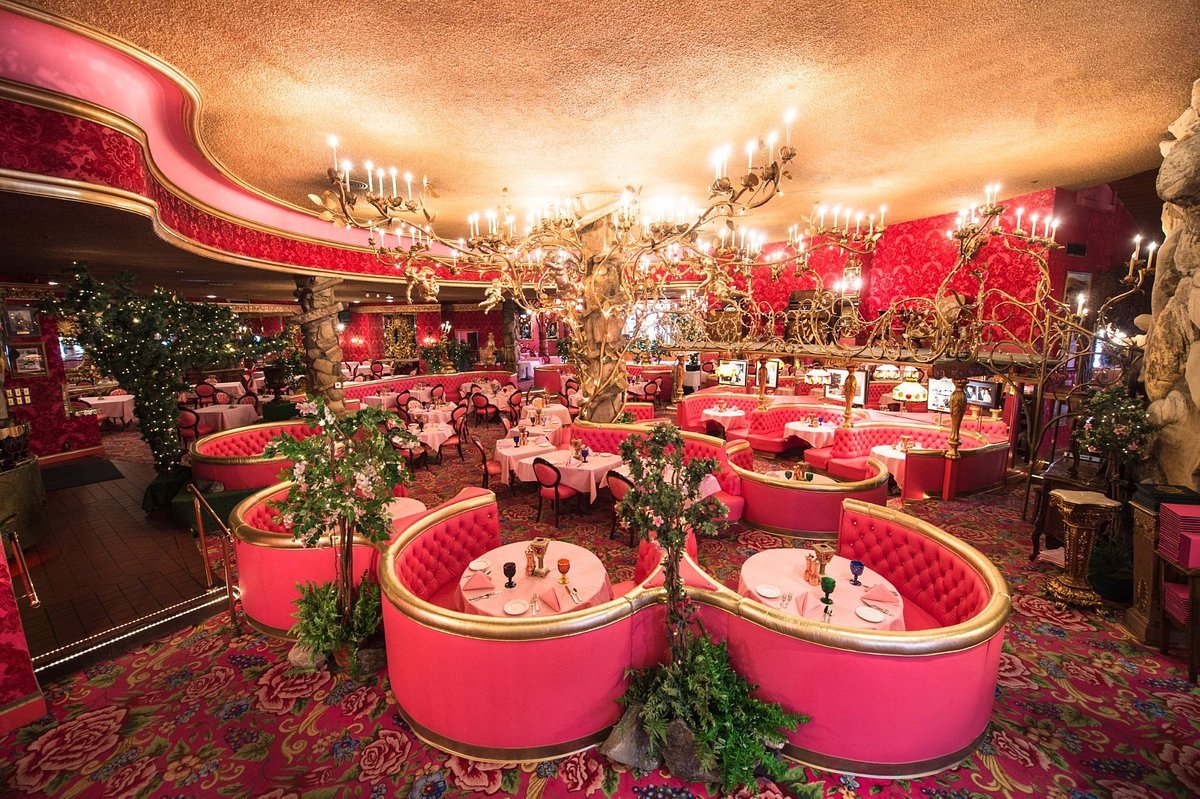Herron House in Venice, Florida by Architect: Victor Lundy
The mid-20th century marked a significant era in architectural history, characterized by innovative designs and a departure from traditional styles. Among the architects who embraced and contributed to this transformative period, Victor Lundy stands out as a visionary. His Herron House, nestled in Venice, Florida, is a testament to his mastery of mid-century modern (MCM) design principles and his dedication to pushing the boundaries of architecture. In this exploration, we embark on a journey through time to uncover the legacy of Herron House and its enduring relevance in the world of MCM architecture, furniture restoration, and mid-century modern design.
Understanding the Mid-Century Modern Movement
Before delving into the intricacies of Herron House, it's essential to grasp the essence of the mid-century modern movement. Emerging in the mid-20th century, MCM design is renowned for its clean lines, organic shapes, and a commitment to functionality. Architects of this era sought to create spaces that seamlessly integrated with the natural environment while prioritizing innovative forms and materials.
Victor Lundy: A Visionary Architect
Victor Lundy, born in 1923, was a prolific architect known for his innovative approach to design. He was a part of the Sarasota School of Architecture, a movement that emphasized MCM principles and flourished in the post-war period. Lundy's designs are characterized by their sensitivity to the surroundings, bold geometric forms, and an intrinsic connection between the indoors and outdoors.
The Herron House: A Mid-Century Modern Marvel
The Herron House, completed in 1957, stands as one of Victor Lundy's most iconic creations. Nestled in the coastal city of Venice, Florida, this architectural marvel encapsulates the essence of MCM design. Its low-slung, horizontal profile harmoniously blends with the lush, subtropical landscape, creating a symbiotic relationship between the structure and its surroundings.
Key Features of Herron House
Organic Integration: One of the hallmark features of MCM architecture is the integration of natural elements into the design. At Herron House, large windows and sliding glass doors provide unobstructed views of the garden and the serene canal nearby. This blurs the line between indoors and outdoors, creating a sense of continuity and tranquility.
Geometry and Innovation: Victor Lundy's penchant for geometric innovation is evident in Herron House. The home's distinctive triangular roofline not only serves an aesthetic purpose but also provides passive cooling by allowing hot air to rise and escape. This is a prime example of how MCM architects ingeniously combined form and function.
Efficient Use of Space: MCM architecture often prioritized efficient space utilization. The Herron House is no exception, with an open-plan layout that maximizes the use of interior spaces. It fosters a sense of openness and connectivity within the home.
Furniture Restoration and Mid-Century Modern Aesthetics
When it comes to furnishing a mid-century modern masterpiece like Herron House, furniture restoration plays a pivotal role. MCM furniture is known for its timeless appeal and unique designs, making it a perfect complement to such architectural gems. Restoration experts meticulously bring vintage pieces back to life, preserving their authenticity while ensuring they meet contemporary standards of comfort and functionality.
The Legacy of Herron House
The legacy of Herron House extends beyond its architectural significance. It serves as a living testament to the principles of mid-century modern design and the genius of Victor Lundy. Its enduring relevance in today's world of architecture, furniture restoration, and mid-century modern aesthetics speaks to the timelessness of MCM principles.
In the world of mid-century modern architecture, Victor Lundy's Herron House in Venice, Florida, stands as a timeless masterpiece. Its organic integration, geometric innovation, and efficient use of space exemplify the core tenets of MCM design. As mid-century modern aesthetics continue to influence contemporary architecture and furniture restoration, Herron House serves as an enduring source of inspiration for architects, designers, and enthusiasts alike. It reminds us that great design transcends time, leaving an indelible mark on the world of architecture and interior aesthetics.
About the Authors
Jamie and Lyle, MCM enthusiasts at Plaidsmith.com, offer hands-on experience and expert insights into mid-century modern design. They curate authentic pieces, share historical context, and guide clients to make informed choices. Their expertise spans iconic designers, restoration techniques, and trends. Trusted authorities in the field continually expand their knowledge to stay at the forefront of MCM. Beyond work, they explore auctions, learn restoration techniques, and enjoy vintage catalogs, embodying their passion for mid-century modern design.





